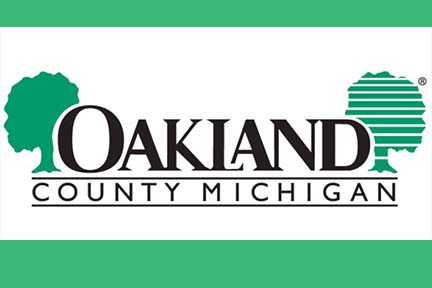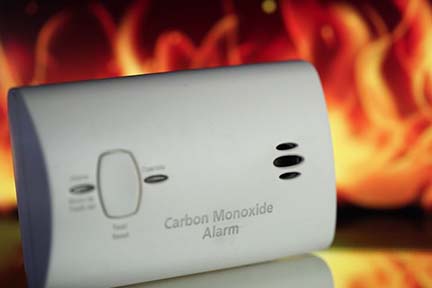|
Press Release
FOR IMMEDIATE RELEASE: Nov. 12, 2024
CONTACT: Lynn Sutfin, 517-241-2112, [email protected]
Michigan’s overdose death rate declines nearly
five times faster than national average
While significant decline, racial disparities persist
LANSING, Mich. – Overdose deaths in Michigan decreased by 5.7% in 2023, with 2,826 deaths provisionally recorded compared to 2,998 deaths in 2022, reported the Michigan Department of Health and Human Services (MDHHS). Additionally, MDHHS notes the overall overdose death rate has dropped from its peak of 31.1 deaths per 100,000 in 2021 to 28.2 in 2023.
The decline marks progress in the ongoing fight against the opioid crisis in the state. Based on currently available data, the decline in Michigan from 2021 to 2023 is almost five times greater than the national decline seen in that same time frame.
“Michigan is a leader in addressing opioid addiction and has been recognized for our harm reduction efforts by the National Governor’s Association,” said Elizabeth Hertel, MDHHS director. “We will continue investing in programs that further our efforts to save lives by decreasing substance use disorders, expanding treatment options and improving recovery success.”
The decline in the overdose death rate can be credited in part to public health measures like the launch of Michigan’s Naloxone Direct Portal, which provides the opioid overdose reversal medication at no charge to community groups and helps boost distribution of naloxone in high-risk areas. The state has also increased access to fentanyl and xylazine testing strips, enabling individuals who use drugs to detect these dangerous substances and reduce their risk of accidental overdose.
While this data is promising, the racial gaps continue. Based on 2023 provisional data, Black residents are 2.8 times and American Indian/Alaska Native residents are 2.2 times more likely to die of an overdose than white residents.
“Public health officials, state agencies and community partners have been working tirelessly to reverse overdose trends,” said Dr. Natasha Bagdasarian, chief medical executive. “The harm-reduction tools we have implemented are saving lives, but we must ensure that their benefits are felt equally across all communities, particularly among those residents who are disproportionately affected.”
The disparities in death rates reflect a broader systemic issue that is being addressed through targeted interventions in communities of color. MDHHS is taking a data-driven approach to ensure substance use disorder funding reaches communities with the highest need.
“Limited access to care has been a key driver of racial disparities in Michigan communities, from the COVID pandemic to the opioid crisis,” said Tommy Stallworth, MDHHS senior advisor. “The state’s commitment to expanding funding for community-based and mobile health services is crucial. By including substance use disorder interventions and improving access to care in marginalized communities, the state is taking important steps toward addressing these disparities in a meaningful way.”
As the state continues to combat the opioid crisis and substance use disorder (SUD), MDHHS and the Opioids Task Force prioritize implementing targeted strategies to address the unique needs of communities of color. This includes expanding access to life-saving resources, improving outreach and addressing social determinants of health that contribute to overdose risk. The state remains committed to reversing the harm caused by the overdose epidemic and will ensure that all communities, regardless of race, benefit from prevention efforts.
Other recent key accomplishments and initiatives include:
Workforce
- Expanded the number of Medicaid SUD providers by removing barriers for providers and offering incentives such as loan repayment to launch or expand services.
- Worked with physicians to increase the number of buprenorphine prescribers in the state.
Reimbursement
- Expanded Medicaid reimbursement for office-based treatment for alcohol use disorder and opioid use disorder in the primary care setting.
- Removed the prior authorization requirement to prescribe medications to treat opioid use disorder (MOUD) for Medicaid beneficiaries, allowing for a 20% increase in the last four years for the number MOUDs prescribed by primary care physicians.
Community Investments
- Distributed more than 1 million kits of naloxone in communities resulting in at least 21,642 overdose reversals since the launch of the order portal in 2020 to enable communities to obtain naloxone at no cost.
- Launched early intervention treatment and referrals in select Federally Qualified Health Centers, Rural Health Clinics and Child and Adolescent Health Centers.
- Improved the system of care for pregnant individuals in northern Michigan by providing support and education for physicians in the Opioid Home Health network.
- Supported substance-exposed babies and their families by expanding supports through rooming-in, which allows birthing individuals, caregivers and babies with Neonatal Abstinence Syndrome to stay together during treatment.
- Collaborated with Michigan Department of Corrections to support peers in parole/probation offices to assist individuals returning from incarceration.
- Provided more than 20,000 rides for SUD-related services. Transportation has been identified as a barrier in almost every community engagement related to SUD.
- Partnered with Michigan State Housing Development Authority to expand recovery housing to help meet the statewide demand. This resulted in an additional 27 recovery homes with 79 additional recovery beds, prioritizing counties and populations with the highest need.
- Expanded opioid treatment capacity at 10 Michigan Department of Corrections prisons, which provide medications for opioid use disorder to 884 incarcerated individuals.
More information about programming and resources can be found on the SUD Resources website. Information about how the state’s Opioid Healing and Recovering Fund is being spent can be found on the opioids settlement website. |







